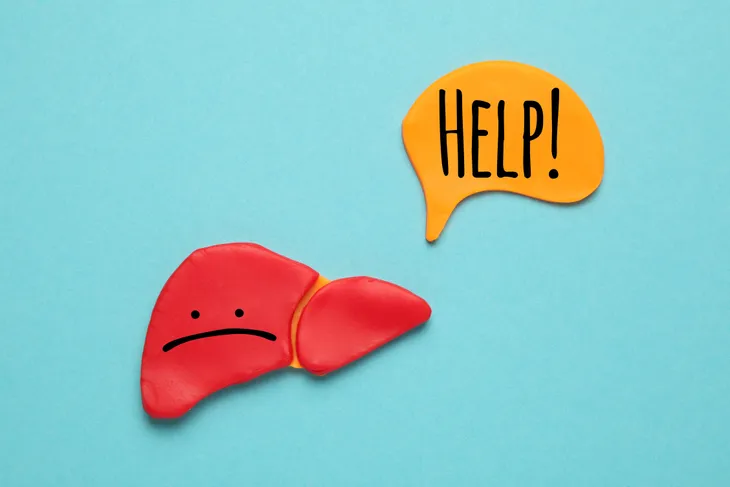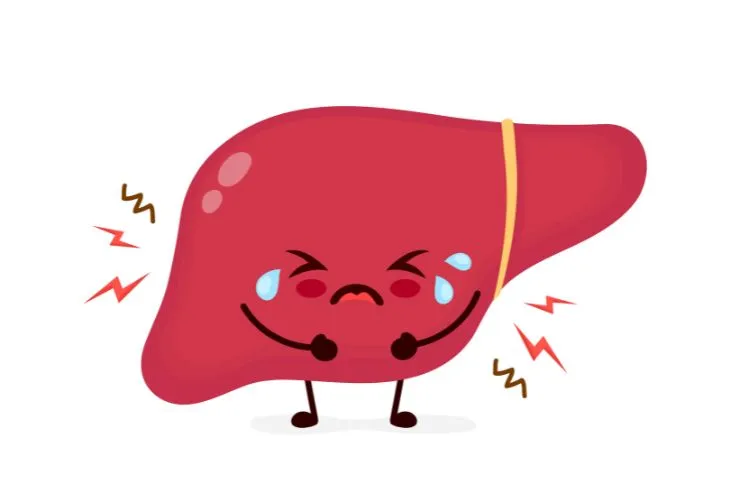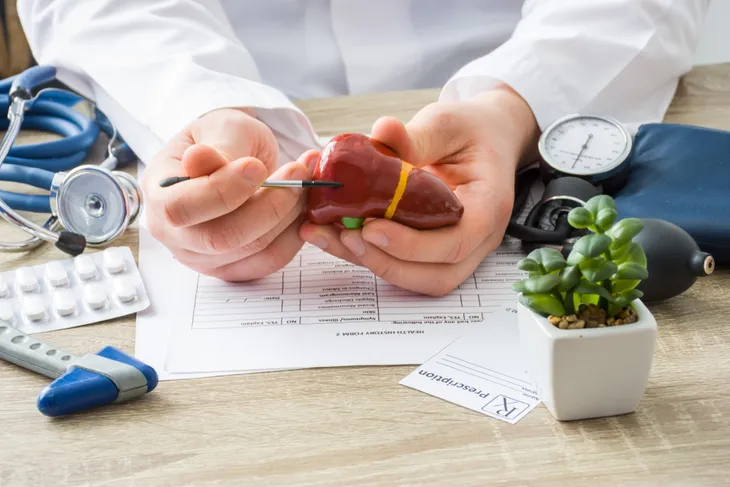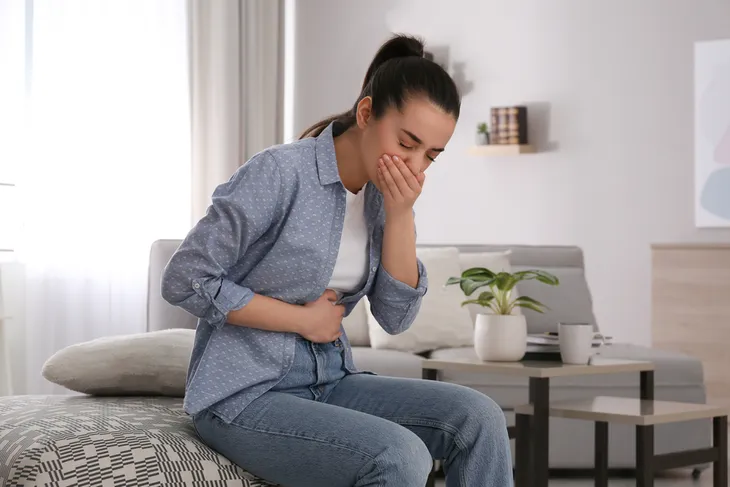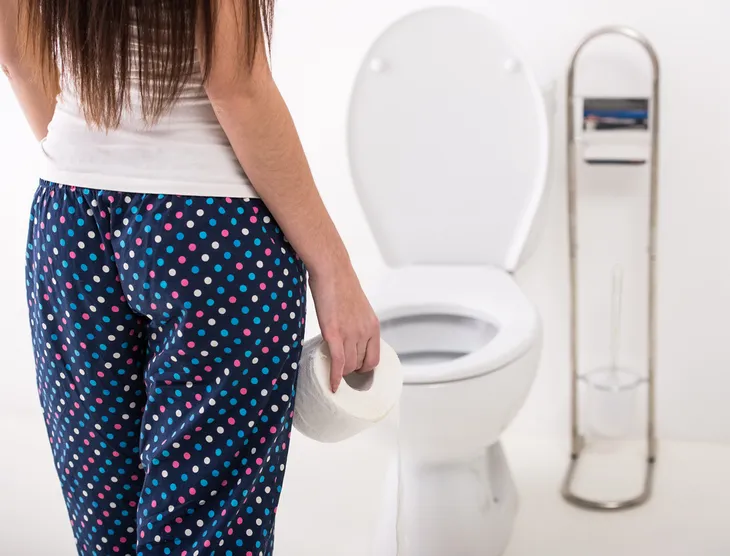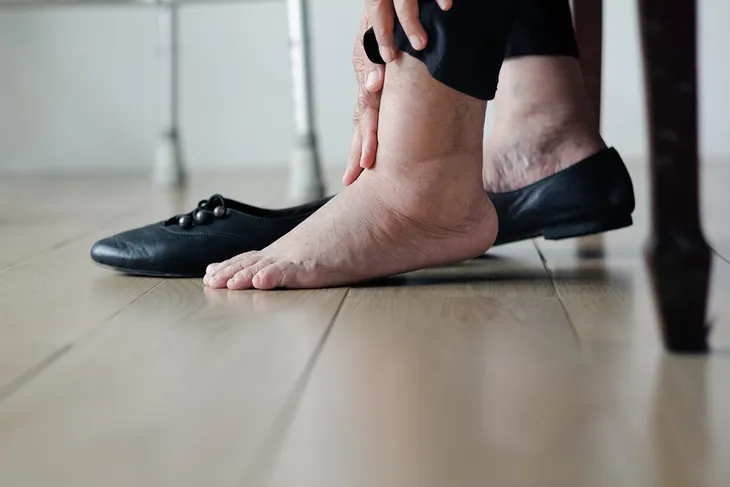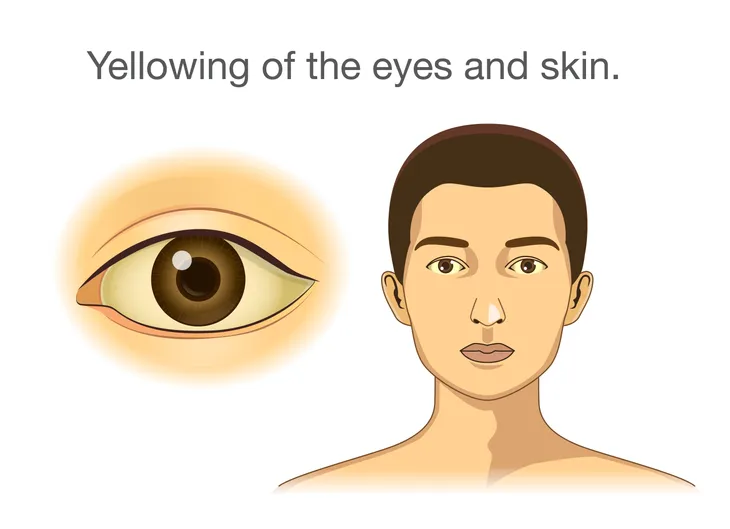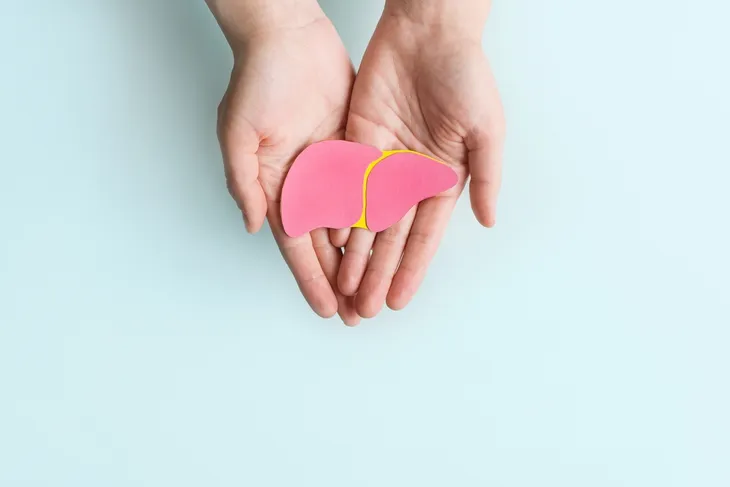- Liver disease refers to several conditions that can affect and damage your liver.
- While signs and symptoms can vary depending on the cause, some of the most common include abdominal pain, fatigue, and nausea.
- Women can protect their health and their liver by getting informed.
The liver plays an integral role in keeping you healthy. It helps remove toxins from your blood, metabolizes medications, and makes proteins that are important for blood clotting. But that just brushes the surface of why it’s important. Unfortunately, sometimes the liver can sustain damage caused by viruses, consuming too much alcohol or fat, and more which can all lead to liver disease.
While the liver does have a unique ability to regenerate itself after damage, this doesn’t mean it’s invincible. Women can protect their health and their liver by getting informed. Let’s take a look at what liver disease is, and the common signs women should watch for that may indicate they have liver disease.
What Is Liver Disease?
According to the Cleveland Clinic, liver disease refers to “several conditions that can affect and damage your liver.” The source says that liver disease can be caused by viral infections (such as hepatitis), problems with your immune system, and cancer, and sometimes it can be caused by inherited diseases (such as Wilson disease or hemochromatosis).
Other times, liver disease can be caused by consuming too many toxins like alcohol (known as alcoholic fatty liver disease) or fat (known as nonalcoholic fatty liver disease). Left untreated, liver disease can lead to cirrhosis, which s scarring of the liver.
Common Signs of Liver Disease in Women
Early intervention is key for liver disease because left untreated, it can lead to cirrhosis. When this occurs, more scar tissue starts to replace healthy tissue, and left untreated, the liver won’t be able to function properly, leading to liver failure or liver cancer.
So how do women know if they have liver disease? Symptoms can vary depending on the cause but some of the most common signs to look out for include abdominal pain, nausea, fatigue, and changes in your urine or stool. Here’s a closer look at what these signs entail plus a few more to look out for!
Abdominal Pain
The liver is located in the upper right side of your abdomen below the diaphragm, and on top of the stomach, right kidney, and intestines. One common sign of liver disease women should watch for is a pain in the abdomen on the upper right side.
The Cleveland Clinic says sometimes the pain is a stabbing sensation while other times it may feel like a dull throbbing pain. Either way, pain in the abdomen is not normal and should be checked out by a doctor.
Liver Enlargement
An enlarged liver is typically a sign of liver disease. But how do you know if your liver is enlarged? While an enlarged liver doesn’t always cause symptoms, Johns Hopkins Medicine says a grossly enlarged liver can cause abdominal discomfort or a feeling of fullness in the abdomen.
If you suddenly develop these symptoms contact your doctor to confirm if your liver is enlarged. The Mayo Clinic says a blood test can help “determine liver enzyme levels and identify viruses that can cause an enlarged liver.” If a blood test isn’t enough to confirm a diagnosis of an enlarged liver then your doctor may also order imaging tests, such as a computed tomography (CT) scan, or magnetic resonance imaging (MRI).
Nausea or Vomiting
It’s normal to experience nausea or vomiting from time to time, especially when you get sick from food poisoning, motion sickness, the flu, or another type of infection, but new, long-lasting, or unexplained nausea is not normal. In fact, unexplained nausea or vomiting can be a common early symptom of liver disease.
When the liver isn’t functioning properly, waste products build up in the body which can cause nausea. You may also experience loss of appetite and weight loss as a result.
Fatigue
It’s common for people to feel fatigued from time to time but unexplained fatigue, especially fatigue that is long-lasting is a cause for concern. The National Library of Medicine says that fatigue is one of the most common symptoms reported by liver disease patients. Fatigue feels like extreme tiredness and low energy levels.
The source says researchers don’t fully understand why fatigue is a common sign of liver disease but “it appears to involve changes in central neurotransmission.” This means it may be caused by a signal between the diseased liver and the brain.
Changes in Urine and Stool
Noticing changes in your bowel movements or urine can be alarming, especially if it can’t be explained by your diet. If you’re drinking an adequate amount of water and are experiencing dark-colored urine, this can be an early sign of liver disease. The Bass Medical Group says this can happen due to a buildup of bilirubin which can cause your urine to appear dark yellow, brown, amber, and sometimes even orange.
Be on the lookout for changes in your stool too. The source says liver disease can cause your stool to appear pale in color, such as pale yellow, gray, or the color of clay (white). This can happen due to “the lack of bile being produced in your liver.”
Swelling in the Arms and Legs
Minor swelling isn’t usually a cause for concern, but women should be on the lookout for swelling that is unexplained, long-lasting, or excessive. This can be a sign of liver disease. This symptom doesn’t typically develop in the early stages, but it can develop in the later stages, especially in cirrhosis.
The Mayo Clinic explains that cirrhosis decreases normal blood flow through the liver which can increase pressure on the portal vein. In turn, this can cause fluid to accumulate in the arms or legs (known as edema) or in the abdomen (known as ascites). The source says swelling can also occur due to “the inability of the liver to make enough of certain blood proteins, such as albumin.”
Jaundice
Another telltale sign of liver disease is jaundice, which is the yellowing of the skin and whites of the eyes. Jaundice is a condition that develops when there is too much bilirubin (a yellow-orange substance) in your blood.
WebMD explains that bilirubin is found in your red blood cells. When those cells perish, the liver is supposed to filter them from the bloodstream but if your liver isn’t functioning properly, it can’t keep up. As a result, this causes bilirubin to build up which then causes your skin and eyes to appear yellow.
Men vs. Women: How Liver Disease Differs
According to a recent study, men are twice as likely to pass away from liver cirrhosis than women. But even though men may have higher fatality rates, this doesn’t mean women are off the hook. Healthline says women are “increasingly at risk for alcohol-related liver disease,” especially for women ages 25- to 34-years. And the source notes that the gap between the fatality rates for alcohol-related liver disease is getting smaller.
Men and women can often experience the same signs and symptoms of liver disease but some symptoms may be more common in one gender. For example, The National Library of Medicine says that females tend to experience more abdominal pain and “constitutional symptoms,” such as weight loss, fatigue, and feeling unwell. Men, on the other hand, often experience more “jaundice, jaundice with pruritus, and upper gastrointestinal bleeding.”
Is Liver Disease Common?
Liver disease is more common than you may think. According to the Cleveland Clinic, roughly 1 in 10 Americans are living with some type of liver disease. Even worse, about 5.5 million Americans are living with chronic liver disease or cirrhosis.
The source also says some types of liver disease are becoming a lot more common due to the “rising rates of obesity.” Being overweight or obese can cause fat to accumulate in the liver which can lead to non-alcoholic fatty liver disease (NAFLD). In fact, the source says roughly 20- to 30-percent of adults in the U.S. have NAFLD.
Ways Women Can Protect Their Liver Health
The good news is there are steps women can take to protect their liver and help reduce their risk of liver disease. According to Johns Hopkins Medicine, women can protect their liver by maintaining a healthy weight, eating a healthy and balanced diet, and exercising regularly.
It’s also important to be mindful of your alcohol consumption. The source says just 2-ounces of hard liquor a day can cause scarring in the liver for women. You can also protect your liver by getting vaccinated for hepatitis. Talk to your doctor to find out if you’re at risk for liver disease as well as lifestyle adjustments you can make to protect your liver.

